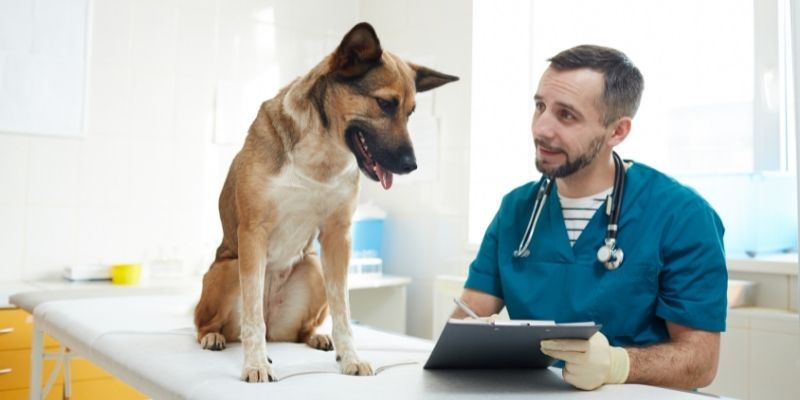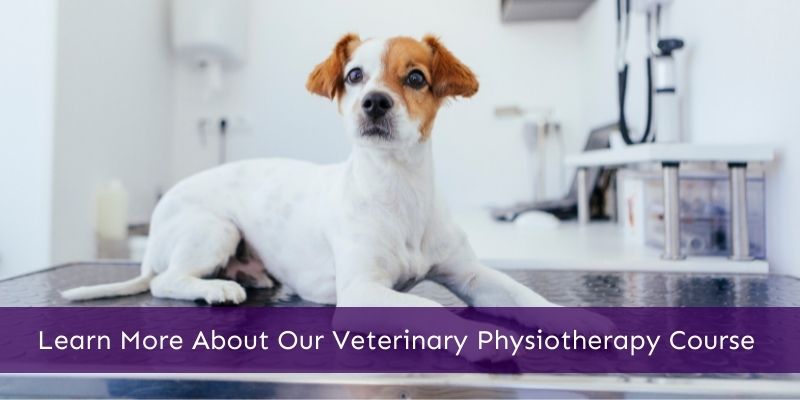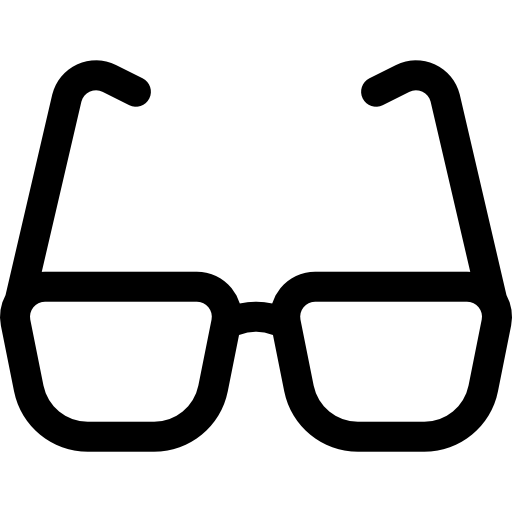Top 5 Benefits of Veterinary Physiotherapy for Animals
Under the veterinary umbrella are plenty of crucial roles designed to keep animals healthy, mobile, and content with their everyday lives. One of the most important roles when it comes to animal care and rehabilitation is veterinary physiotherapy. UK residents who are passionate about caring for dogs, cats, horses, and many other animals can play a significant role in their health by qualifying to become a Veterinary Physiotherapist.
If you are thinking about embarking on veterinary physiotherapy training and would like to know how your work would benefit the animals you are treating, then continue reading! We have outlined the top 5 benefits of veterinary physiotherapy, so you can head into your career journey with the confidence that the animals you treat will be getting the best outcomes for their health.
1. Assist Recovery from an Injury or Surgery
Like humans, as animals get older, they are more prone to injuries, particularly as their muscles and bones lose strength. Canines, felines, and horses, among many other animals, can hugely benefit from veterinary physiotherapy. UK-based professionals who have undergone veterinary physiotherapy training will be able to perform treatments designed to help animals recover from injuries and surgery.
As part of veterinary physiotherapy jobs, there are three main categories of treatment options, of which we have outlined below:
- Manual – Through veterinary physiotherapy training, you will perform a range of manual treatments, such as massages, trigger point therapy, stretching, myofascial release, and hot and cold treatments
- Remedial – Following an injury or surgery, animals will need to rebuild strength and muscle in order to function at optimal level. A Remedial Exercise Programme (REP) includes a range of exercises designed to build strength, increase flexibility, and reduce the risk of further injuries. These programmes tend to involve the animal’s caregiver as these exercises will need to be done on a regular basis while at home
- Electrotherapies – To speed up the recovery of an injury, veterinary physiotherapy, UK learners, may include electrotherapy. This could be in the form of muscle stimulation, ultrasounds, pulsed electromagnetic field therapy and more. These are non-invasive therapies, using electrical energy to target affected areas
If an animal is recovering from surgery involving a fracture, muscle, or ligament damage, then one of the best solutions is veterinary physiotherapy. Through the methods mentioned above, you can help to restore the animal’s movement, improve muscle strength, and speed up the healing process.
Whether your purpose is to stimulate blood flow, treat nerve damage, or improve joint health, there are various treatments and techniques that are performed in veterinary physiotherapy jobs.
Under the realm of veterinary physiotherapy, UK learners, is hydrotherapy, which is a rehabilitation method that uses water. With an animal partly submerged in water, they can undergo structured exercises that help to enhance muscle tone, rebuild strength, and prevent injuries from reoccurring.
The resistance from the water during exercises will cause the muscles to work while at the same time reducing the weight and pressure usually felt on an animals’ joints.
2. Improve Range of Motion
The ability to move comfortably with freedom is important for all animals, yet old age, injuries, and surgery, among other elements, can affect an animal’s range of motion. There are many therapies that you will learn in veterinary physiotherapy training that assist in improving range of motion in our beloved pets.
One such option is cryotherapy, also known as cold therapy, which involves applying a cold agent to the affected area of the animal’s body. This type of veterinary physiotherapy, UK learners, reduces tissue temperature, and you can use a variety of cold agents, such as ice packs, cold compression devices, and more.
While heat therapy generally triggers the opposite effects to those of cold therapy, it can still be used to enhance range of motion, as well as any muscle tension or swelling.
Passive Range of Motion is a range of exercises designed to move and stretch an animal’s joint so that it can move comfortably without putting weight on the joint. By doing this, circulation of the joint increases and helps the animal maintain healthy joints. As well as increasing range of motion and blood flow, these exercises will prevent muscle contracture and joint degeneration.
There is a plethora of treatments that help with range of motion. When you undergo veterinary physiotherapy training, you will come across the therapies mentioned, but you will also come across the following therapies that help with improving range of motion:
- Walking Exercises
- Treadmills
- Hydrotherapy

3. Reduce Joint Pain
One of the main symptoms of injuries or joint weaknesses in animals is either a twinge of pain or intense pain that prevents animals from using the affected joint. Thanks to veterinary physiotherapy, UK animals can undergo exercises and treatments that will reduce the pain in their joints, enabling them to function comfortably on a daily basis.
When it comes to veterinary physiotherapy training, you will learn various techniques that will help animals suffering with joint pain. For example, therapeutic laser therapy, also known as photobiomodulation, targets deep tissue using infrared light energy, reducing joint pain while also being useful in treating nerve pain and inflammation.
Another electrotherapy that is commonly used in veterinary physiotherapy, UK learners, is Pulsed Electromagnetic Field Therapy (PEMF). This process involves releasing low level electrical fields, repairing tissue, and reducing pain by stimulating the anti-inflammatory process in the body.
4. A Non-Invasive Solution
Anyone who has a pet will do everything in their power to prevent their beloved animal from feeling pain and discomfort. Surgery is generally seen as a last resort to an injury, with most animal caregivers looking for non-invasive methods of treatment.
Thankfully, veterinary physiotherapy, UK learners, is non-invasive as it uses holistic therapies to target an animal’s problem areas and improve their wellbeing. The treatment used is designed to trigger the body’s natural responses, healing injuries, and helping ease the pain of conditions experienced by various animals.
5. Enhance Animals’ Overall Quality of Life
While many animals require physiotherapy and hydrotherapy for injuries and recovery from surgeries, some animals have neurological conditions that affect both the nerves and brain. Animals can also suffer with depression and anxiety.
It is not always physical problems that our beloved pets are dealing with, which is why veterinary physiotherapy jobs are so important. Not only can the range of holistic therapies target and improve physical problems, but they can also reduce symptoms of stress and anxiety. In fact, some massage therapies trigger the release of endorphins, which in turn, decreases pain and effects of trauma.
By undertaking veterinary physiotherapy training, you will play a significant role in alleviating pain, discomfort, and stress from plenty of different animals, ranging from canines and felines to horses! Your expert work will not only help animals return to their former lively selves but will also enhance their overall wellbeing and quality of life.
Enrol On Our Veterinary Physiotherapy Online Course
To become a Veterinary Physiotherapist, you need to gain accredited qualifications, and one of the most accessible ways to achieve this is through dedicated veterinary physiotherapy courses. For individuals who have already achieved their Level 3 Diploma in Hydrotherapy, the next step in your career journey is to progress on to Level 6.
With Animal Courses Direct, you can study a Level 6 Diploma in Veterinary Physiotherapy with Hydrotherapy, a distance learning veterinary physiotherapy course that is split into three parts. The course is a blend of theoretical study and practical training, with the former portion of the course being studied exclusively online.
To enrol on our veterinary physiotherapy online course, you will need to already possess a Level 3 Diploma in Hydrotherapy and previous industry experience. To continue your veterinary physiotherapy training, you will need to complete 800 hours of clinical practice, as well as 25 days of practical training and assessments.

To achieve your Level 6 diploma, you will be required to complete all elements of practical veterinary physiotherapy training and undergo a practical assessment. You will also need to provide a portfolio of evidence to become a qualified Veterinary Physiotherapist.
*Please note, you can study each part separately, but to achieve your qualification, you must complete all three parts.
Get Qualified in Veterinary Physiotherapy, UK Learners!
If you are keen to continue veterinary physiotherapy training, then enrol on our veterinary physiotherapy online course! You will learn everything you need to know so that you’re able to put the above methods into practice. Speak to one of our Course Executives today on 01202 006 040 or contact us online to enrol.

















